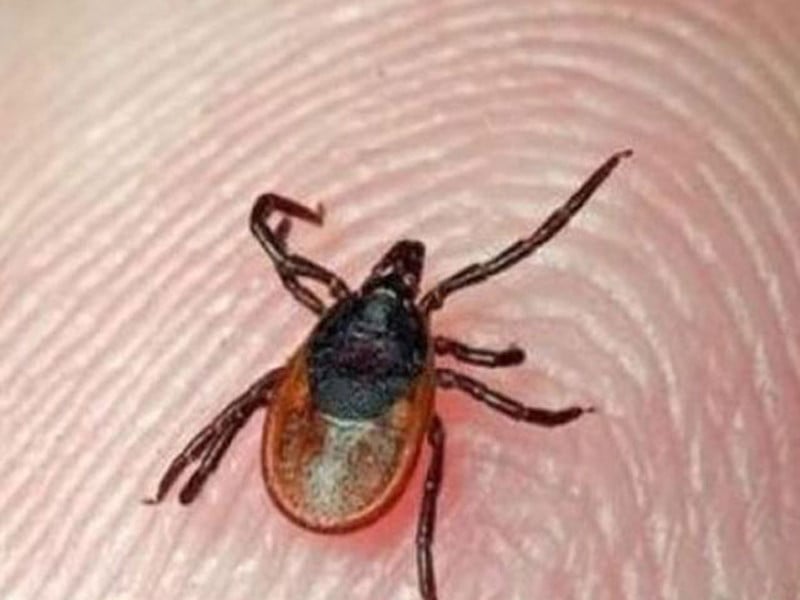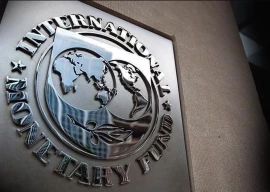
Health officials on Thursday confirmed two additional cases of the Congo virus in Quetta and Loralai districts, bringing the total number of infections in Balochistan this year to 26.
The latest patients, 55-year-old Abdul Hameed from Quetta, and 60-year-old Khan Muhammad from Loralai, have been placed in the isolation ward at Fatima Jinnah Chest and TB Hospital for specialised treatment.
Hospital sources noted growing concerns as the virus has already claimed five lives in 2024, with the most recent death reported on August 16 in Quetta. The rising number of cases has alarmed medical professionals, who are now urging the public to take serious precautions to curb further spread.
Dr Shireen Khan, a leading chest physician, stressed the importance of public awareness about the virus, officially known as Crimean-Congo Hemorrhagic Fever (CCHF). "This virus poses a significant public health risk, and preventive steps are essential. People should avoid direct contact with livestock, use insect repellents, and wear protective clothing, especially in rural areas," she advised.
Dr Khan also highlighted the importance of vigilance among individuals who work with animals, as the virus is primarily transmitted through ticks found on livestock. "Timely diagnosis and isolation are key to preventing further transmission and safeguarding the community," he added.
The Balochistan health department has ramped up efforts to control the virus and has advised residents to remain cautious, report symptoms immediately, and follow health guidelines. With the increasing number of cases, coordinated action from both the public and health professionals is critical to mitigating the impact of the virus.
The Congo virus is a tick-borne viral disease that can cause severe hemorrhagic fever in humans. The virus is primarily transmitted through bites from infected ticks, particularly those of the Hyalomma species, or through direct contact with blood or tissues from infected animals.
Human-to-human transmission can also occur through exposure to infected bodily fluids, making the virus particularly dangerous in healthcare settings.
CCHF was first identified in the Crimea region in 1944, and later in the Congo in 1956, giving it its name. The disease is now endemic in several regions, including parts of Africa, Asia, Eastern Europe, and the Middle East. Countries like Pakistan, Afghanistan, Turkey, and Russia have reported regular outbreaks. Due to the widespread presence of its tick vectors, CCHF has the potential to affect a large geographic area.























COMMENTS
Comments are moderated and generally will be posted if they are on-topic and not abusive.
For more information, please see our Comments FAQ